MINNEAPOLIS (AP) — November’s election is projected to be the country’s first in which there are more millennials eligible to vote than baby boomers.
As such, you might think campaigns will cater to the young; that issues millennials care about will be front-and-center in debates and that candidates will align their positions with what’s now technically the United States’ biggest generational voting bloc.
Except for one thing: Millennials haven’t been great at voting.
This year, though, young voters — especially in Minnesota — have a big opportunity to be a deciding factor in who represents the state in Congress, in the statehouse and as governor.
The reasons millennials haven’t tended to vote in high numbers are numerous and they’re not unique, said Kei Kawashima-Ginsberg, the director of Tufts University’s Center for Information and Research on Civic Learning and Engagement (CIRCLE).
Many young people move around a lot, and when they do, they don’t always update their voter registration, even if they’ve gone to the polls in the past. Since they’re mobile and prone to low turnout, campaigns don’t bother reaching out to them as much as they do reliable poll-goers.
Those characteristics describe millennials as well as members of previous generations of young people. Each of the last three generations has shown patterns of low voter turnout at younger ages, and picking up steam at the polls as they’ve gotten older, Kawashima-Ginsberg said.
“Young people in general . have always had a much lower turnout than older adults, as we’ve seen over and over,” Kawashima-Ginsberg said. “It’s true in presidential elections, but it’s even worse in midterms.”
There are some nuances to that trend, though.
Overall, it’s the boomers, currently ages 54 to 72, and millennials, currently ages 22 to 37, who have tended to vote at higher rates as youngsters than Gen Xers (currently between the ages of 38 and 53), Kawashima-Ginsberg said, though Gen X turnout rates caught up later in life.
Because turnout data tend to come from exit polls and the Census, where the age groups used don’t match up perfectly with generations, we don’t have exact numbers for millennial turnout.
We do know that in 2016, just 55 percent of 18- to 24-year-old Minnesota citizens (mostly millennials, with 18 and 20-year-old members of Gen Z) turned out to vote, according to data from the U.S. Census Bureau compiled by Minnesota Compass.
But millennials are a big generation and if history’s any indication, they should start to get better at voting.
Slightly older millennials, age 25 to 34, had 65 percent turnout — 10 percentage points higher than their 18- to 24-year-old peers.
Older millennials are reaching their mid-30s, an age where people are historically more likely to bother with ballots.
While 30-somethings aren’t quite peak voting age — that would be 50s and 60s — “37 is starting to get there,” said Michael McDonald, a professor of political science at the University of Florida.
If they do vote, young people could help sway the outcome of elections this year in Minnesota, one of the most competitive states in the U.S. this November, according to CIRCLE.
CIRCLE determines the potential impact of young voters in a given state with an index that takes into account the number, characteristics and political leanings of young voters compared to the general electorate, state voting laws (for example, Minnesota’s same-day registration makes it easier for people who are new to a precinct to vote), how young people turn out in midterms and how competitive races are.
In Minnesota this year, there are the regularly scheduled contests for eight congressional seats, the state House, the governorship and one U.S. Senate seat on the ballot. But there’s also a second Senate race prompted by U.S. Sen. Al Franken’s resignation and a special election resulting from the resignation of Minnesota Sen. Michelle Fischbach that will determine who controls the Minnesota Senate.
The fact that Minnesota has so many races — many of them competitive — on the ballot is one reason CIRCLE ranks Minnesota as one of the top states where young people, ages 18 to 29, could have an overall impact on the outcome of elections. (Not all of the people in this age group are millennials. Some are considered Gen Z, the age group following millennials).
For several reasons, November might mark another uptick in young voter rates, among millennials and also among the newest Gen Z voters, Kawashima-Ginsberg said.
As far as Gen Z voters, currently ages 18 to 21, are concerned, Kawashima-Ginsberg speculated that higher levels of involvement in protesting gun violence and racial inequality could also mean voting at higher rates.
Since young people skew Democratic, some might be tempted to predict that higher turnout among their cohort would mean certain gains for Democrats. But it’s important to remember that young people aren’t monolithic, McDonald said.
Mobilization and turnout are important, but, McDonald speculated, getting voters to switch parties will probably be more important in affecting the outcome of the election.
“If the Democrats are going to take back the House of Representatives or the Senate, it’s not just going to be changing demographics,” McDonald said.
—
The nonprofit news outlet MinnPost provided this article to The Associated Press through a collaboration with Institute for Nonprofit News.
(© Copyright 2018 The Associated Press. All Rights Reserved. This material may not be published, broadcast, rewritten or redistributed.)
Source
https://minnesota.cbslocal.com/2018/07/14/if-they-vote-millennials-could-have-a-big-impact-on-the-2018-election/


